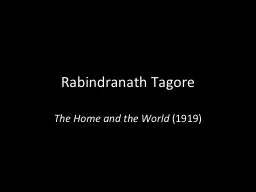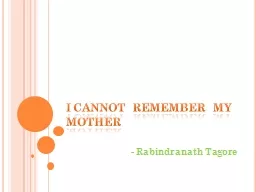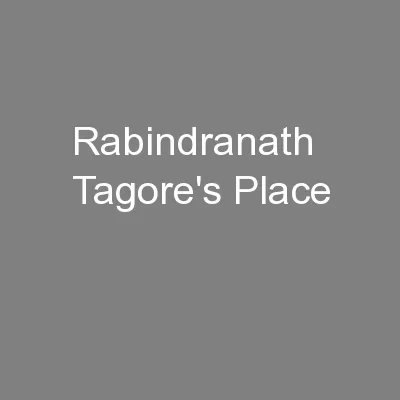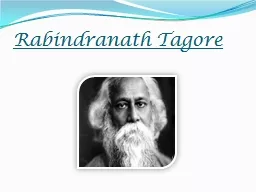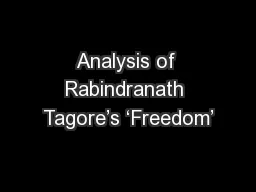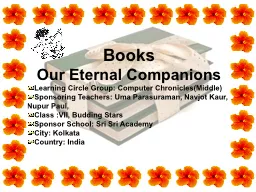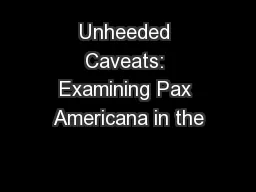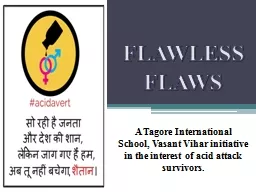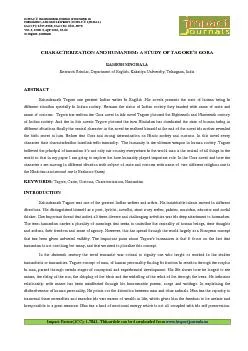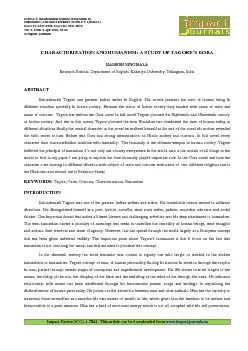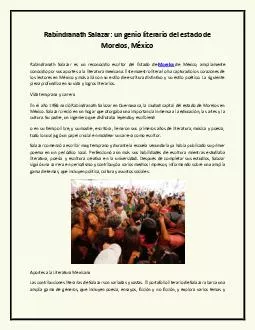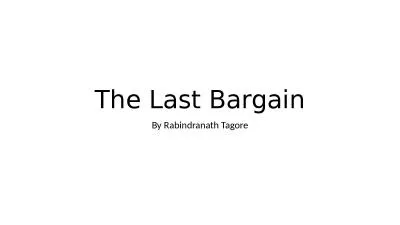PPT-Rabindranath Tagore
Author : luanne-stotts | Published Date : 2016-05-18
The Home and the World 1919 Tagore Tagore 18611941 Poet novelist painter Iconic man of lettersNobel Prize for literature in 1913 A modernist humanist and internationalist
Presentation Embed Code
Download Presentation
Download Presentation The PPT/PDF document "Rabindranath Tagore" is the property of its rightful owner. Permission is granted to download and print the materials on this website for personal, non-commercial use only, and to display it on your personal computer provided you do not modify the materials and that you retain all copyright notices contained in the materials. By downloading content from our website, you accept the terms of this agreement.
Rabindranath Tagore: Transcript
Download Rules Of Document
"Rabindranath Tagore"The content belongs to its owner. You may download and print it for personal use, without modification, and keep all copyright notices. By downloading, you agree to these terms.
Related Documents

